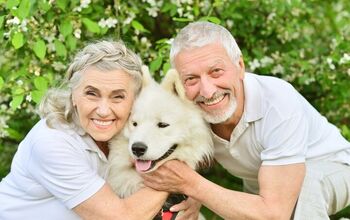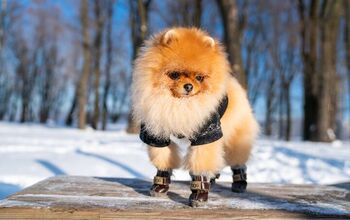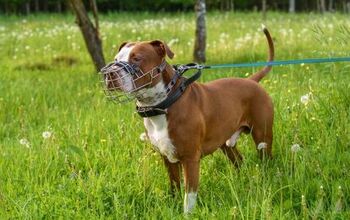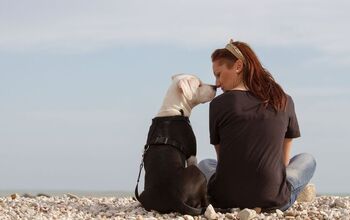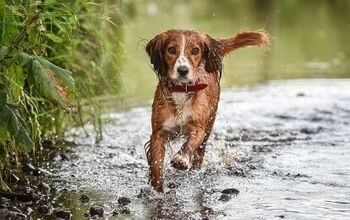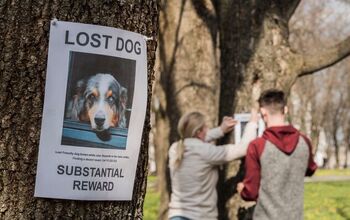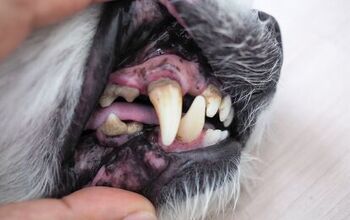Adoptable Dog of the Week- Daisy

Could this little lovebug be your furrever Valentine? Our Adoptable Dog of the Week is Daisy, a 1-year-old Hound Pointer mix from Oklahoma City, Oklahoma. This pretty lady is spayed, microchipped, up to date on her shots, and gets along well with kids and other dogs.
This gal is as sweet as they come! Pure 70 lbs of puppy love, Daisy loves stuffed toys, snuggles, playing with other pups, camp, going on walks, and life in general. Since she’s still a young dog, Daisy also has a lot of energy, and would thrive in an active family that loves long walks, outdoor adventures and running. Or, at least, with a pawrent willing to take her do doggie daycare where she could burn off that extra energy playing with other pooches!
She gets along great with other canines, and wouldn’t mind sharing her new family with another furry companion. Daisy also loves kids, but due to her size, it might be better if children in her household are over seven years old.
As a curious, active pooch, Daisy would do best in a home with a stockade fence. Due to her size and activity level, anything less would be too easy to jump over during playtime in the backyard.
Daisy is almost fully housebroken, and won’t have any potty-related accidents as long as her new adopters stick to her routine- this gal likes peeing first thing in the morning. She’s also excellent on a leash, and crate trained, although she’ll probably need a short adjustment period before she feels calm and relaxed in a new crate.
A loveable, affectionate pooch, Daisy is bound to steal your heart as soon as you meet her. To learn more about her, and find out how to adopt her, visit Forever Yours Dog Rescue.

A proud mama to seven dogs and ten cats, Angela spends her days writing for her fellow pet parents and pampering her furballs, all of whom are rescues. When she's not gushing over her adorable cats or playing with her dogs, she can be found curled up with a good fantasy book.
More by Angela Vuckovic












